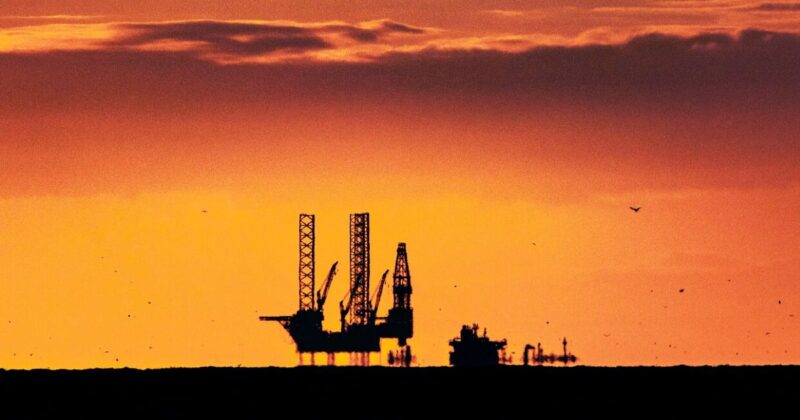Hi! It’s konkaz (@konkazuk).
When reading articles or news about climate change, we often come across acronyms made up only of capital letters.
Such terms might be commonplace among experts, but for the rest of us they’re often head-scratchers that make you think, “Wait, what is this supposed to be?”
The “CCS” we’re looking at today is one of them.
So in this article, we will examine its definition and background in detail.
What is CCS ?

“CCS” stands for Carbon Capture and Storage.
It refers to a technology that captures CO₂ emissions from power plants and factories before they are released into the atmosphere and stores them deep underground.
Specifically, CO₂ emitted from fossil fuel power plants and cement factories is separated and captured using chemical absorbents or filters. The captured CO₂ is then transported by pipelines or ships and injected under high pressure into geological formations such as depleted oil and gas fields or deep saline aquifers for permanent storage.
Why CCS faces criticism

Now, when it comes to climate change solutions, “CCS” has frequently been subject to criticism.
This is largely because it is often seen as…
🔹A pretext for prolonging fossil fuel dependence
The first thing to recognise is that those pushing CCS the hardest are the oil companies.
As renewable energy expands and decarbonisation policies move forward, the oil and gas fields they currently value as assets could quickly become stranded.
CCS provides a narrative that ‘we can keep using fossil fuels while still cutting emissions’, and this story is said to be used as a reassurance for governments and investors.
In fact, at international conferences such as COP, oil companies and their industry groups lobby by claiming that ‘CCS is indispensable among the diverse technologies needed for decarbonisation’ and that ‘with CCS, oil and gas can continue to be used safely’. As a result, governments have increasingly provided subsidies and tax breaks.

Furthermore, it is said that when captured CO₂ is injected into depleted oil fields, it pushes out additional crude oil and increases production — a process known as Enhanced Oil Recovery (EOR). If this is done, what was supposed to be a CO₂ reduction measure could instead end up facilitating further fossil fuel extraction.
On the surface, CCS is presented as a contribution to climate action. But in practice, it’s a perfect match for the priorities of both politicians and the fossil fuel industry.
For them, it works as a convenient tool — something that lets them boast about cutting emissions while promising economic growth at the same time.
🔹High costs, low capture
CCS takes a huge amount of money to get off the ground and to keep running. Just building the facilities can cost hundreds of millions of pounds, and on top of that there are ongoing expenses for operation and maintenance.
And yet, despite all that spending, the actual amount of CO₂ captured turns out to be surprisingly small.
Most commercial CCS projects don’t even manage to trap half of the CO₂ that comes out.
And to make matters worse, you need extra energy to compress it, ship it around, and pump it underground — which means new emissions that can wipe out the gains you were aiming for in the first place.
Put simply, CCS costs a lot of money and energy, but delivers only limited results in terms of tackling global warming!
And while reaching net zero would demand a massive expansion of the technology, there are growing concerns that focusing too heavily on CCS could delay the much-needed transition to renewable energy.
The UK’s controversy over CCS

Globally, CCS is generally seen as a ‘supporting tool’ rather than a main solution for climate action.
In contrast, the UK government is treating CCS as its ‘key strategy’ for reaching net zero, with plans to invest heavily and launch four large-scale hubs by 2030.
Several projects are also underway to store CO₂ in depleted oil fields in the North Sea.
However, as noted in the previous chapter, such moves have faced strong criticism from environmental groups and experts, who argue that CCS is ultimately just a way to prolong the life of the North Sea oil fields.
Many CCS projects are being developed alongside natural gas extraction, so there’s a strong chance our dependence on fossil fuels will last even longer.

CO₂ can’t be captured as efficiently as promised, and building and running the facilities costs a fortune. That money would be much better spent on constructing renewable energy projects, with the rest used to tackle social inequality.
So, that’s it for today’s discussion on ‘CCS’.
Until next time,
konkaz
*You can read this blog post in Japanese from the link below.
👉 CCSで脱炭素?メリットよりも課題が目立つ本当の理由

